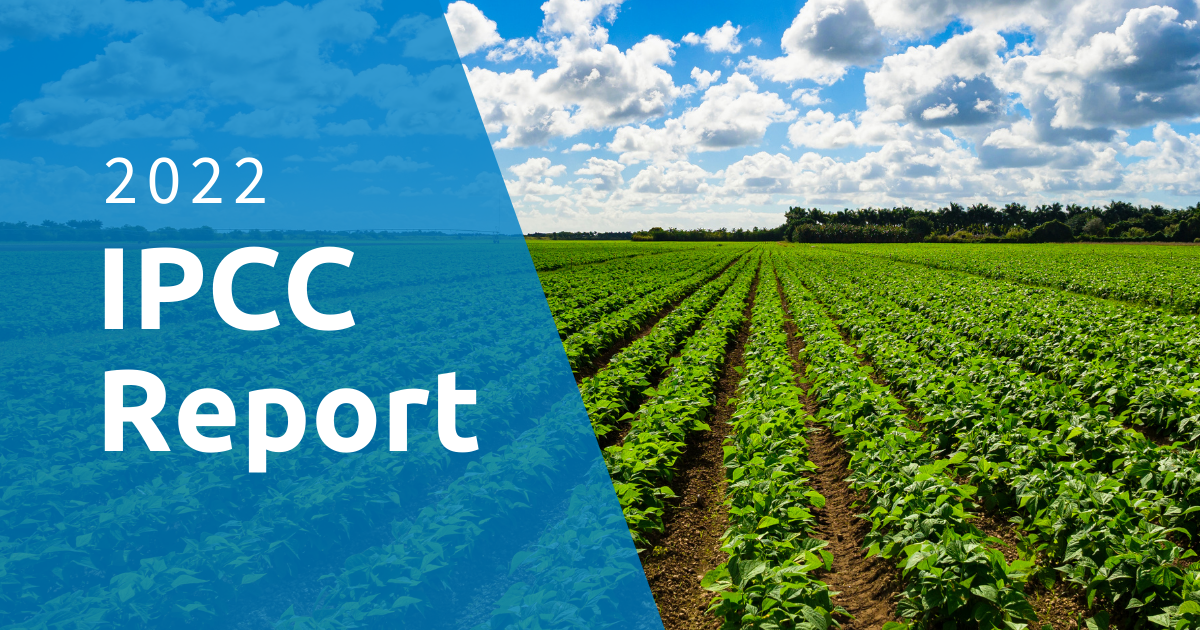By Dana Nuccitelli, CCL Research Coordinator
This week, the Intergovernmental Panel on Climate Change (IPCC) released the second installation of its Sixth Assessment Report summarizing the latest scientific research on climate change impacts, adaptation, and vulnerabilities. I summarized its scientific findings over at Yale Climate Connections.
The report also specifically discusses carbon pricing and cashback in its 18th and final chapter. For example, it cites a 2019 report from the International Monetary Fund arguing that “of the various mitigation strategies to reduce fossil fuel CO2 emissions, carbon taxes are the most powerful and efficient, because they allow firms and households to find the lowest-cost ways of reducing energy use and shifting toward cleaner alternatives.”
The IPCC praises the importance of carbon pricing a second time as well:
“Pricing of greenhouse gases, including carbon, is a crucial tool in any cost-effective climate change mitigation strategy, as it provides a mechanism for linking climate action to economic development.”
As CCL volunteers are well aware, coupling dividends with carbon pricing is an important measure to ensure that low- and middle-income households do not bear the financial brunt of the policy. On this point, the IPCC report also agrees with CCL, noting “risks from mitigation costs could also be severe if no progressive redistribution from carbon pricing revenues is applied…using tax revenues to issue payments back to taxpayers that are disproportionately impacted or to redistribute capital among regions may be one of the most important features of carbon tax policies.”
The IPCC also discusses that many countries have already implemented carbon pricing systems within their borders:
“By 2019, 57 nations around the world had implemented or scheduled implementation of carbon pricing. These initiatives cover 11 gigatons of carbon dioxide or about 20% of greenhouse gases emissions. Carbon prices in existing initiatives range between $1 and $127 per ton of carbon dioxide, while 51% of the emissions that are covered are priced more than $10 per ton of carbon dioxide.”
And the report points out that carbon pricing can stimulate the innovation of new clean technologies:
“For a transition from dirty technologies to clean ones, market-based instruments such as carbon taxes should be considered alongside subsidies and other incentives that stimulate innovation…[carbon pricing can help] drive innovation and systemic carbon efficiency.”
Finally, the IPCC heavily emphasizes the urgency of the climate crisis and the importance of implementing immediate climate policy solutions like those being considered as part of the budget reconciliation process, ideally including a price on carbon.
“The cumulative scientific evidence is unequivocal: Climate change is a threat to human well-being and planetary health. Any further delay in concerted anticipatory global action on adaptation and mitigation will miss a brief and rapidly closing window of opportunity to secure a liveable and sustainable future for all.”
CCL’s mission is to build political will for a liveable world. This week’s report confirms that our mission is a critical one. Let’s keep going.
Dana Nuccitelli is an environmental scientist and climate journalist with a Master’s Degree in physics. He has written about climate change since 2010 for Skeptical Science, for The Guardian from 2013 to 2018, and since 2018 for Yale Climate Connections. In 2015 he published the book “Climatology versus Pseudoscience”, and he has also authored ten peer-reviewed climate studies, including a 2013 paper that found a 97% consensus among peer-reviewed climate science research that humans are the primary cause of global warming.







